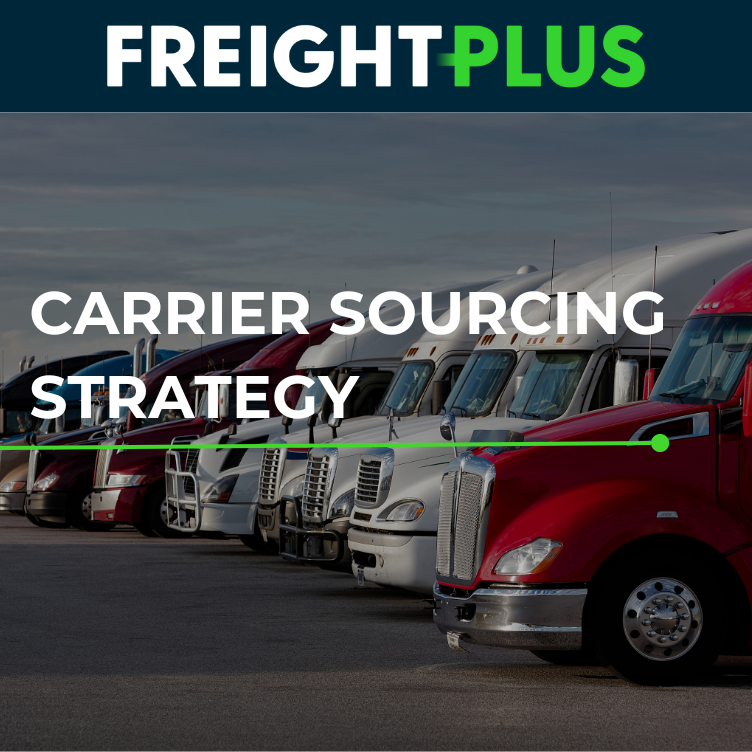If you’re beginning your carrier sourcing strategy with an RFP, you may be approaching it the wrong way. In fact, focusing on price should be the last thing on your mind. The truth is, it’s a challenging process. Jill Clifford, carrier sourcing expert, explains why the traditional method carrier sourcing is wrong. Learn why the RFP (request for proposal) model is a flawed method and what you should be doing instead.
Supply Chain Complexity
One of the primary reasons why utilizing an RFP for carrier sourcing strategy is ineffective is the increasing complexity of supply chains. Unlike traditional supply chains, contemporary practices involve sourcing from numerous suppliers worldwide. With a rise in manufacturing sites and distribution networks, companies strive to establish proximity to customers, leading to a more intricate supply chain with multiple distribution touchpoints. In light of these complexities, focusing solely on price when engaging carriers is an inadequate approach to handling carrier sourcing strategy..
Carrier Network
The other side of it are your customers. To effectively manage your logistics supply chain and transportation function, it’s crucial to consider that these elements are integral parts of your brand. It’s essential to shift your mindset and start thinking about them in that way. Each delivery made to your customers, facilitated by the carriers you source, plays a role in shaping your brand identity.
When examining your carrier network, it’s important to view it as a marketplace. With over 400,000 carriers in the US alone, moving freight across the country, the sourcing process becomes critical. Merely focusing on price is not the right approach. Instead, it’s necessary to shift your perspective and see it as more than a request for pricing; it’s a request for a partnership.
Therefore, the first step is to change your mindset. Rather than approaching it as a simple request for pricing, think of sourcing carriers as an opportunity for partnership. By establishing collaborative relationships with carriers, you can unlock greater value and drive success in your logistics operations.
Five Steps for Implementing a Great Carrier Sourcing Strategy
This collection of videos provides you with the steps to implement and enhance your carrier sourcing strategy. Learn the essential steps, best practices, and expert tips to optimize your transportation operations.
Click on the links to watch the videos.
- Gather your DATA FIRST
- Meet with your carriers BEFORE sending an RFP
- Create a SUCCESSFUL Bid Workbook
- MEASURE your carrier bids
- Implement carrier awards the RIGHT WAY
Carrier Sourcing White Paper
Download our Carrier Sourcing WHITE PAPER today
How do you source your carriers? What are you prioritizing when you go out to bid? Who from your team is involved in this process?
These are all questions you should be asking yourself before you put out an RFP (Request for Partnership)
The goal of this whitepaper is to illustrate the steps involved when establishing a carrier sourcing strategy.
Each step has an accompanying video where Jill Clifford, FreightPlus President, provides context regarding the action.
In this guide, you will learn how to:
- Assemble the proper team to ensure a smooth brand experience
- Vet carriers and create measurable relationships with incumbents to reduce risk
- Create a bid workbook that establishes service requirements and cost-saving efforts
SIGN UP TO RECEIVE CARRIER SOURCING WHITE PAPER



